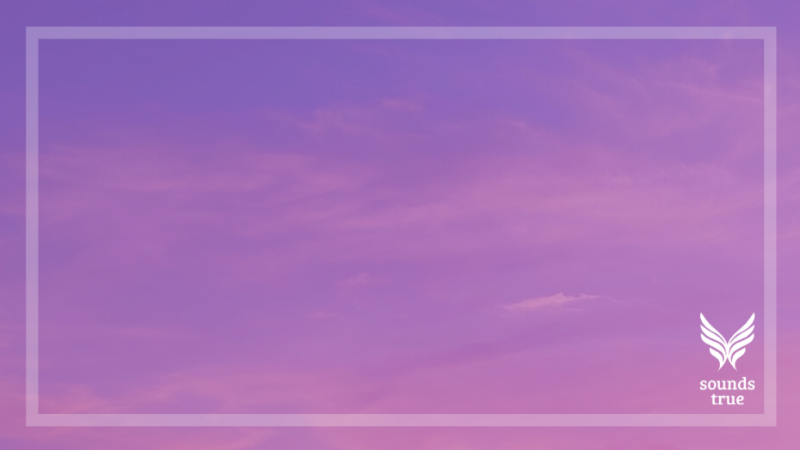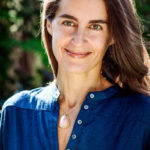Love under the surface
One of the things I have been starting to notice is the “secret language of love” that can be felt under the surface of what is happening. I am noticing it with friends, with Sounds True authors, and with co-workers and with all kinds of people. I am calling it “secret” because it is not spoken about or acknowledged; I find myself noticing the feelings of love but not voicing them for fear that I will seem inappropriate or out of context or that there is no basis for me to be having the types of feelings that I am having, so better to just keep it to myself.
I can give a concrete example: Recently, I traveled with two co-workers to California to video record a lecture series. We met at the airport and spent 5 days basically glued together working on this project. One person in our group is a producer who has worked at ST for 13 years. The other is an audio-video technician who has worked at the company for 10+ years (interestingly, before this trip together, I knew both of these people had worked at ST for quite some time, but it was all a blur to me. I only found out their actual longevity at the company during this trip). And during this trip, we all found out a lot about each other, about each other’s personal lives and families and early upbringing. The curious thing to me was at the end of 5 days I felt so connected and bonded with these two men who work at Sounds True. Previously, I had been in short conversations with both of these people, in the hallways, in meetings, at Sounds True parties. But we had never spent any real time together, let alone three meals a day for 5 days, traveling and working as a closely-knit team.
The experience made me reflect on what it must be like for people who play on sports teams together or even people in the armed forces or other groups of people who work closely with each other in intense, collaborative settings. I felt in my core how “tribal” I am by nature, how instinctively I become part of a group or pod. And most importantly, the huge amount of love that is potentially present right below the surface between me and other people if I am willing to take some time away from the “task orientation” that I usually bring to work and instead simply listen and tune to what could be called “the relational field.”

And what I am finding is that whether it is through dreams (night dreams as well as day dreams) or spontaneous love eruptions that I feel in my being, there is so much love under the surface in so many of my interactions with other people, interactions which on the surface appear fairly tame and functionally-oriented. Underneath, there is a wild, upwelling of heart. It feels risky to say so, but how strange that what so many of us value the most – love—has become something that needs to be whispered or only voiced in socially appropriate ways. I want to sing about it from the rooftops. But since I can’t sing, I am writing this blog post instead.
Why does the love we feel under the surface for so many different kinds of people need to be kept secret and not voiced? Because we are afraid that someone will think we are being sexually inappropriate or crossing a boundary? What if we could make our sexual boundaries so clear and reliable and trust-worthy that our voicing of the love we feel would not be misunderstood or misconstrued, but instead simply received as the heart’s outpouring of the recognition of how our souls are touching and co-creating. That is the type of wild love I wish to voice.






 Acharya Shunya
Acharya Shunya